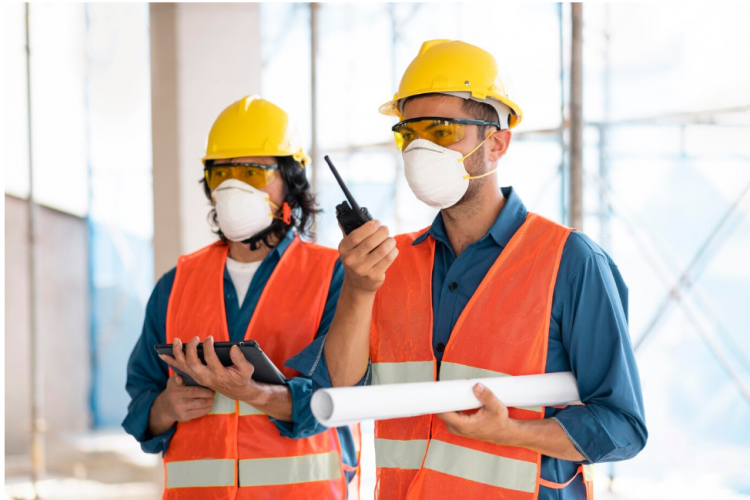In many industries, respiratory hazards are a silent but significant threat to worker health. From construction and manufacturing to chemical handling and emergency response, employees are often exposed to environments where harmful particles, vapors, or gases can compromise their well-being. This is where face fit testing plays a critical role in ensuring proper respiratory protection.
What Is Face Fit Testing?
Face fit testing is a process used to verify that a respiratory mask or respirator properly seals against an individual’s face. Even the most advanced respirators lose their effectiveness if they don’t fit correctly. This testing ensures that the equipment provides its intended level of protection against workplace contaminants.
There are two main types of face fit testing:
- Qualitative Fit Testing: A pass/fail method that relies on the wearer’s senses (taste or smell) to detect leaks.
- Quantitative Fit Testing: A more precise approach using specialized equipment to measure leakage levels.
Both methods are essential in environments where respiratory protective equipment (RPE) is required.
Why Is It Important?
Incorrectly fitted masks are a serious risk. Studies in the UK suggest that thousands of preventable deaths and long-term illnesses each year are linked to inadequate respiratory protection. Face fit testing ensures compliance with legal requirements (such as HSE INDG479) and helps safeguard the health of employees.
By conducting face fit testing, employers can:
- Verify that RPE provides effective protection.
- Reduce the likelihood of occupational illnesses.
- Demonstrate compliance with workplace safety regulations.
When Should Face Fit Testing Be Done?
Face fit testing is not a one-time event. It should be carried out:
- When new employees are issued RPE.
- If there are significant facial changes (such as weight fluctuations, facial surgery, or dental work).
- When new types or models of masks are introduced.
- Regularly as part of ongoing health and safety assessments.
This proactive approach ensures that protection remains effective over time.
The Bigger Picture: Building a Safety Culture
Beyond compliance, face fit testing fosters a culture of safety. When employees see their employers investing in their protection, it builds trust and encourages adherence to safety protocols. This can reduce workplace incidents and improve overall morale.
Final Thoughts
Face fit testing is not just a regulatory box to tick—it’s a critical part of ensuring worker safety and preventing long-term health risks. Industries dealing with respiratory hazards must prioritize proper mask fit to protect their teams and maintain a safe working environment.
For a detailed guide on how face fit testing works and why it matters, explore face fit testing in depth.






